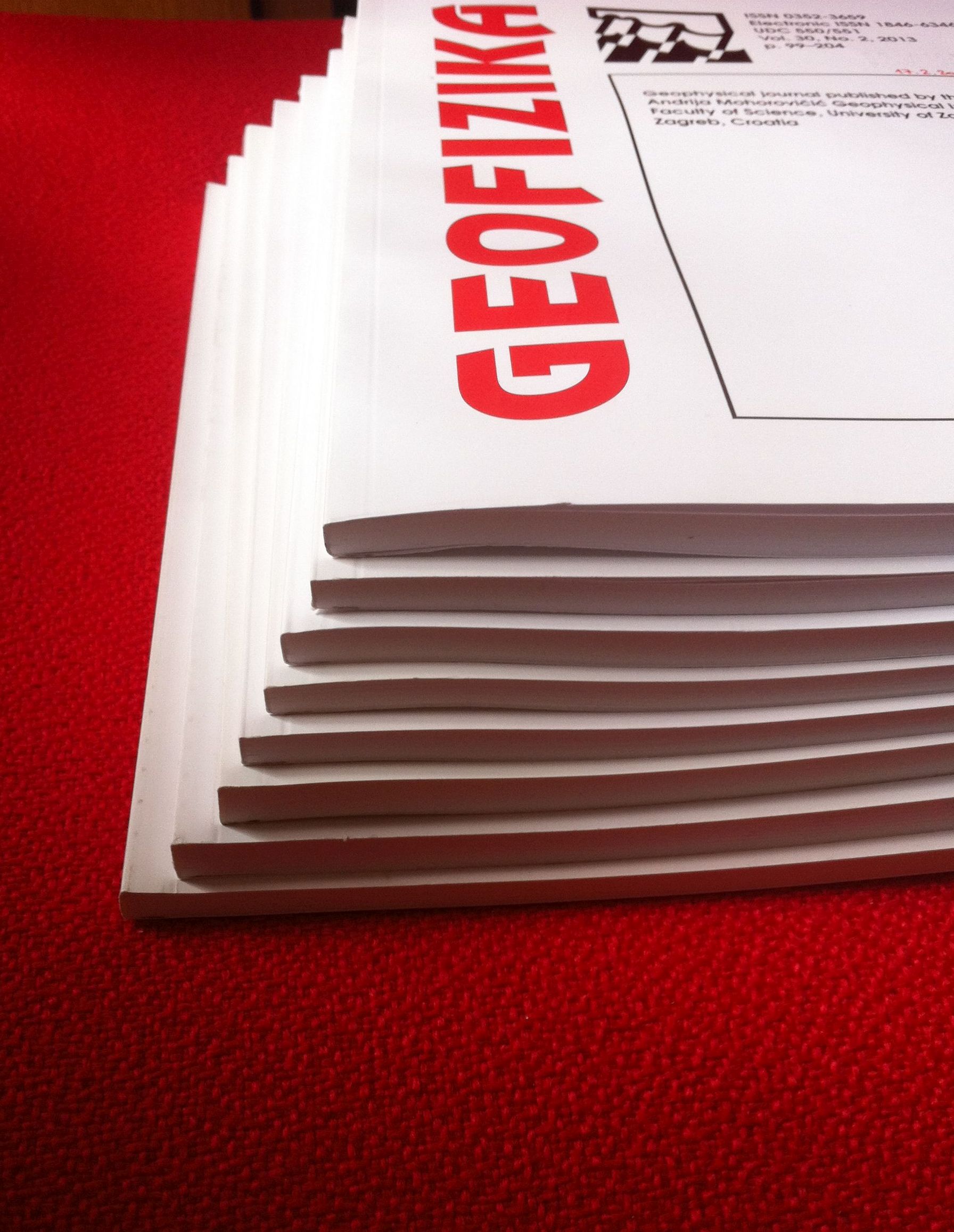Night sky brightness trends above Zagreb, 2012–2022
DOI:
https://doi.org/10.15233/gfz.2024.41.1Keywords:
light pollution, night sky brightness, site testing, atmospheric effectsAbstract
The night sky brightness at the RGN site (near the centre of Zagreb, Croatia) was monitored from January 2012 to August 2022. The first data set, covering the period 2012 to 2017, has already been analysed and the conclusions were published in Andreić (2018). The main conclusions are repeated here for comparison and completeness. The results of the analysis of the second dataset, covering the period from January 2018 to July 2022, are reported here.
The first data analysis showed that the average night sky brightness did not change significantly from 2012 to 2017, excluding differences due to annual variations in meteorological parameters. The second data set (2018 to 2022) showed a slight decrease in night sky brightness compared to the first data set. The difference is small, about 0.2 mag/arcsec2 (mean values). In the second data set, there is a trend toward darker nights in later years that began three or four years ago (around 2019 or 2020). It is attributed to the modernisation of the public lighting network, where old, often very poor lighting fixtures are slowly being replaced by modern LED lighting fixtures, and to the effects of climatic changes leading to warmer winters with more clear nights.
Downloads
Published
Issue
Section
License
Copyright (c) 2024 Geofizika Journal

This work is licensed under a Creative Commons Attribution-NonCommercial 4.0 International License.

